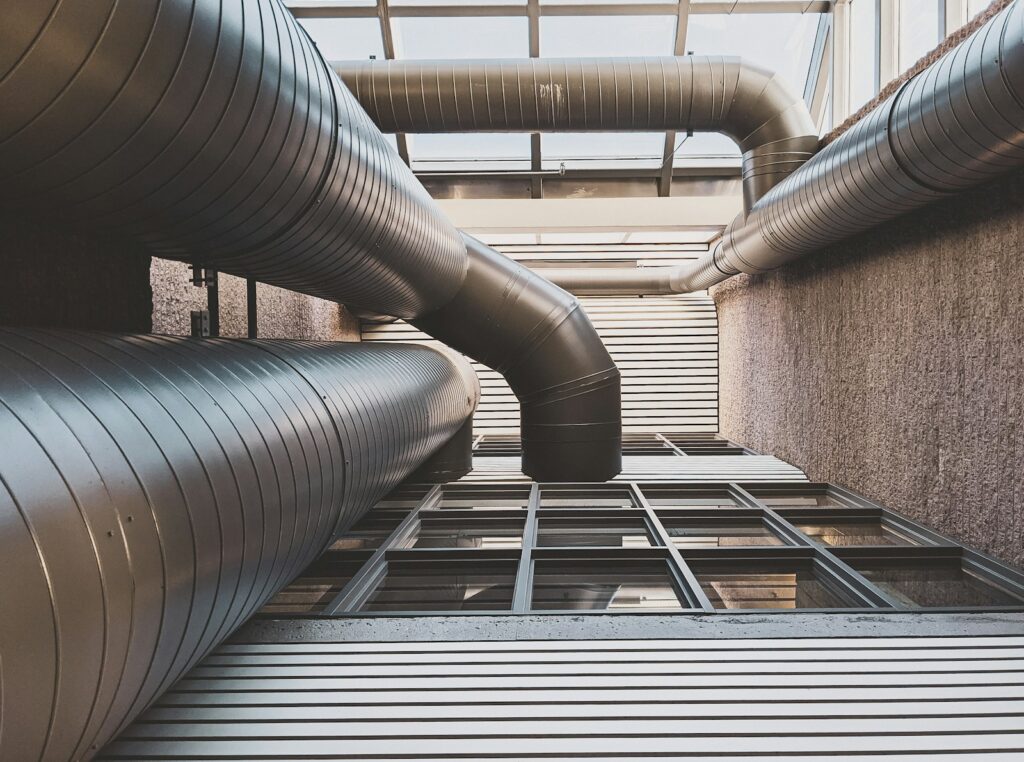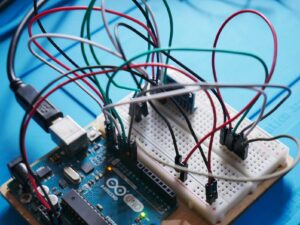Why Is My AC Blowing Warm Air?

An air conditioner (AC) blowing warm air instead of cool can be a frustrating and uncomfortable experience, especially during the hot months of the year. While this issue may seem alarming at first, it often results from a few common problems that can usually be diagnosed and fixed with a bit of investigation. This essay explores several reasons why an AC unit might blow warm air, covering both simple and more complex causes.
1. Thermostat Issues
One of the first places to check when your AC is blowing warm air is the thermostat. Sometimes, the thermostat may have accidentally been set to “heat” instead of “cool,” or the fan might be set to “on” rather than “auto.” In the “on” setting, the fan runs constantly—even when the AC isn’t actively cooling—so it may blow room-temperature air. Double-checking these settings can sometimes solve the issue immediately. AC repair in Layton Utah can help you with these issues.
2. Dirty Air Filters
Air filters play a critical role in maintaining airflow and protecting the internal components of the AC. When filters are clogged with dust and debris, airflow is restricted, which can lead to a drop in cooling performance. In some cases, this can cause the evaporator coil to freeze, which then leads to the system blowing warm air. Regularly replacing or cleaning air filters can help prevent this problem.
3. Refrigerant Leaks or Low Refrigerant Levels
Refrigerant is the chemical that allows your AC to cool the air. If the system is low on refrigerant—usually due to a leak—the AC will struggle to absorb heat, resulting in warm air blowing from the vents. Leaks can develop in coils, lines, or connections and usually require a professional HVAC technician to locate and repair. Simply adding more refrigerant without addressing the leak is only a temporary fix.
4. Electrical Issues or Blown Fuses
AC units depend on a range of electrical components to function properly. If a fuse has blown or a circuit breaker has tripped, it may cause the outdoor unit (condenser) to stop working while the indoor unit continues running. This can result in warm air being circulated through the system since the condenser is responsible for releasing the heat from your home. Checking the electrical panel can reveal if a reset is necessary.
5. Dirty or Blocked Condenser Unit
The condenser unit, typically located outside the home, can become clogged with dirt, leaves, or debris. When airflow around the condenser is restricted, it cannot effectively release heat, causing the entire system to lose efficiency and blow warmer air. Regular cleaning and maintenance of the outdoor unit can help avoid this issue.
6. Compressor Problems
The compressor is the heart of the AC system—it compresses the refrigerant and helps move it through the system. If the compressor is failing or has stopped working, the AC will not cool properly. Diagnosing and fixing a compressor issue usually requires professional help and can sometimes lead to costly repairs or even a full system replacement.
7. Ductwork Leaks
Sometimes, the problem isn’t with the AC unit itself but with the ductwork. If there are leaks or holes in the ducts, cooled air may escape before it reaches your rooms, or warm air from unconditioned spaces like attics may get pulled into the system. This can significantly reduce the effectiveness of the air conditioning.
There are many reasons why an AC might blow warm air, ranging from simple user errors like incorrect thermostat settings to more serious mechanical failures. While some of these issues can be resolved with basic maintenance and checks, others may require the expertise of a trained HVAC technician. Regular maintenance, including cleaning filters and inspecting the system annually, is key to ensuring that your AC continues to function efficiently and effectively throughout the year.





